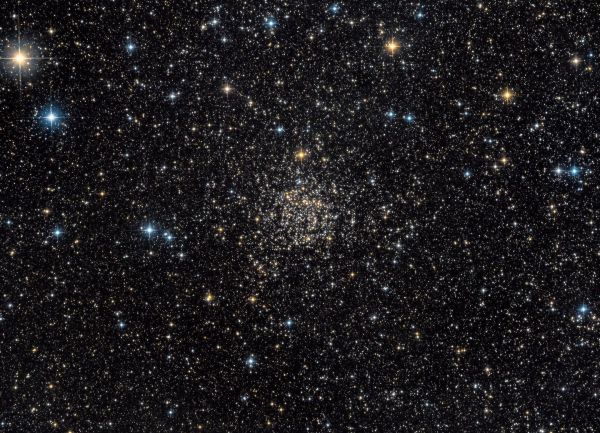A new analysis of white dwarf stars supports their role as a key source of carbon, an element crucial to all life, in the Milky Way and other galaxies.
Approximately 90 percent of all stars end their lives as white dwarfs, very dense stellar remnants that gradually cool and dim over billions of years. With their final few breaths before they collapse, however, these stars leave an important legacy, spreading their ashes into the surrounding space through stellar winds enriched with chemical elements, including carbon, newly synthesized in the star’s deep interior during the last stages before its death.
Every carbon atom in the universe was created by stars, through the fusion of three helium nuclei. But astrophysicists still debate which types of stars are the primary source of the carbon in our own galaxy, the Milky Way. Some studies favor low-mass stars that blew off their envelopes in stellar winds and became white dwarfs, while others favor massive stars that eventually exploded as supernovae.
In the new study, published July 6 in Nature Astronomy, an international team of astronomers discovered and analyzed white dwarfs in open star clusters in the Milky Way, and their findings help shed light on the origin of the carbon in our galaxy. Open star clusters are groups of up to a few thousand stars, formed from the same giant molecular cloud and roughly the same age, and held together by mutual gravitational attraction. The study was based on astronomical observations conducted in 2018 at the W. M. Keck Observatory in Hawaii and led by coauthor Enrico Ramirez-Ruiz, professor of astronomy and astrophysics at UC Santa Cruz.
Read more at University of California - Santa Cruz
Image: NGC 7789, also known as Caroline's Rose, is an old open star cluster of the Milky Way, which lies about 8,000 light-years away toward the constellation Cassiopeia. It hosts a few white dwarfs of unusually high mass that were analyzed in the new study. (Credit: Guillaume Seigneuret and NASA)


